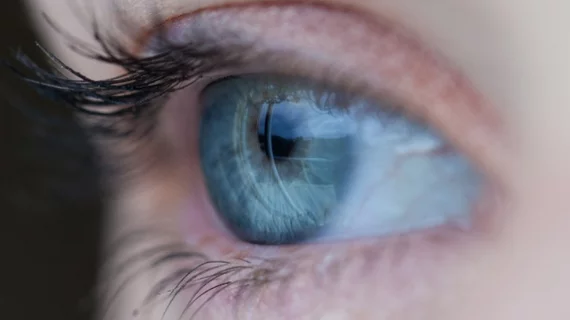Deep learning technique used to detect glaucoma
A deep learning technique was able to detect glaucoma with more accuracy than traditional approaches, according to a recent study conducted by IBM and New York University scientists.
The deep learning framework was able to detect glaucoma from raw optical coherence tomography (OCT) images with a 94 percent accuracy rate without additional segmentation or data scrubbing, while other traditional techniques—that require more steps from physicians—did so with an accuracy rate of 86 percent.
“Ultimately, when [normalized] by a false positive rate, in a cohort of 624 subjects (217 healthy and 432 glaucoma patients), our new approach, founded in deep learning, correctly detects glaucomatous eyes in 94 percent of cases, while previously mentioned techniques only found this in 86 percent of cases,” Bhavna Antony, research scientist at IBM in Melbourne, Australia, and one of the study authors, wrote. “We believe this improved accuracy is a result of eliminating errors in the automated segmentation of structures in images as well as the inclusion of regions of the image that are not currently [utilized] clinically for this purpose.”
Glaucoma is diagnosed with a variety of tests, with techniques like fundus photography and OCT being widely used to help diagnose and manage the disease, researchers stated. However, techniques like OCT rely on several other features to help differentiate between healthy and glaucomatous eyes.
The hope is that researchers find ways AI can help ophthalmologists and optometrists further use eye images and speed up the process for detecting glaucoma from images.
“Our approach removes these additional steps, indicating that these potentially time-consuming stages are not required for the detection of glaucoma,” Antony said.

